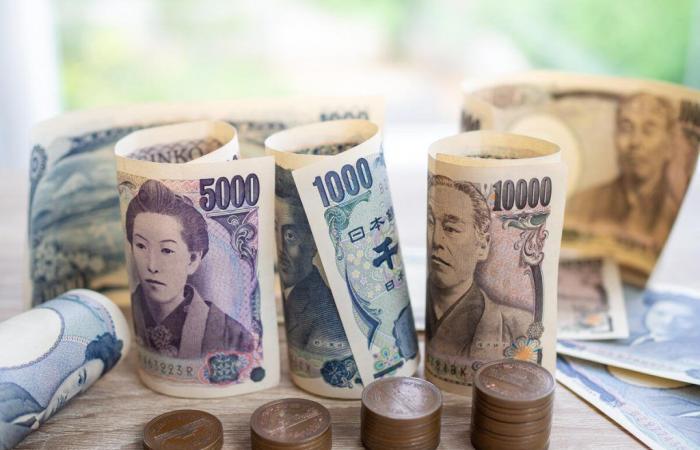The yen is sinking and the dollar is strengthening, but this situation cannot go on forever. The Japanese yen weakened to around 161 per dollar, surpassing that level for the first time since 1986, when the Ministry of Finance has appointed Atsushi Mimura as Japan’s top currency diplomat, replacing Masato Kanda. The admission that the policy used so far by the Japanese government has not been as effective as it should have been
The appointment comes as the sharp depreciation of the yen has put continued pressure on Japanese authorities to defend their currency, but they have so far apparently refused to intervene in foreign exchange markets, after doing so in late April.
Earlier this week, Finance Minister Shunichi Suzuki warned that sudden, unilateral movements in the yen are not desirable and that authorities will take appropriate action if necessary.
The yen lost more than 2% against the dollar in June, extending its year-over-year decline to about 14%, as the Bank of Japan took a more moderate approach to normalizing monetary policy than in what is expected by the markets.
Meanwhile, Japanese retail sales and industrial production data came in stronger than expected in May, while Tokyo inflation accelerated in June. So the yen’s weakness is not that serious, on a macroeconomic level, for Tokyo.
A problem of excessive dollar strength, which however cannot continue
The problem, rather than the weakness of the Yen, is in fact the strength of the USD. The US dollar has been in high demand lately, rising to near its highest level of the year. However, this rally is unlikely to be sustained in the coming months, according to UBS.
The Dollar Index hit a record high this morning
The strength reflects a combination of factors, including the Federal Reserve keeping rates high for longer, while other major central banks – including the European Central Bank, the Swiss National Bank and the Bank of Canada – have already started cutting, UBS analysts said in a June 27 note.
As investors often view the US currency as a safe haven, it is also likely to have benefited from the political uncertainty surrounding the French legislative elections, with the first round of voting taking place this Sunday. Last night’s confusing political debate between candidates certainly did not clarify the situation.
The Yen, as we have seen, has been one of the main victims of the dollar’s strength, losing 14% of its value since the beginning of the year. But the Euro didn’t fare very well either, with a loss of 3%.
The euro, which is the main component of the DXY index, also fell more than 3% against the dollar in 2024.
Further upward pressure on the US dollar remains possible in the near term. Trump certainly won the electoral debate, and this suggests a change in US economic policy which should give a further boost to the dollar, but this cannot last forever.
From a bilateral point of view, however, the French elections on Sunday could lead to a further weakening of the Euro against the American currency.
Thanks to our Telegram channel you can stay updated on the publication of new articles of Scenari Economici.
⇒ Sign up right away ⇐





